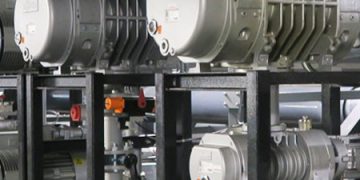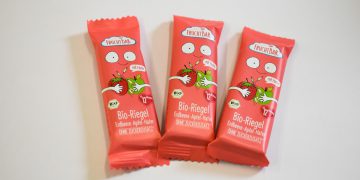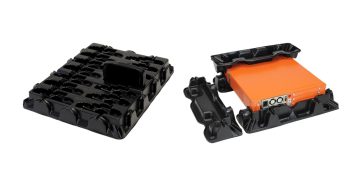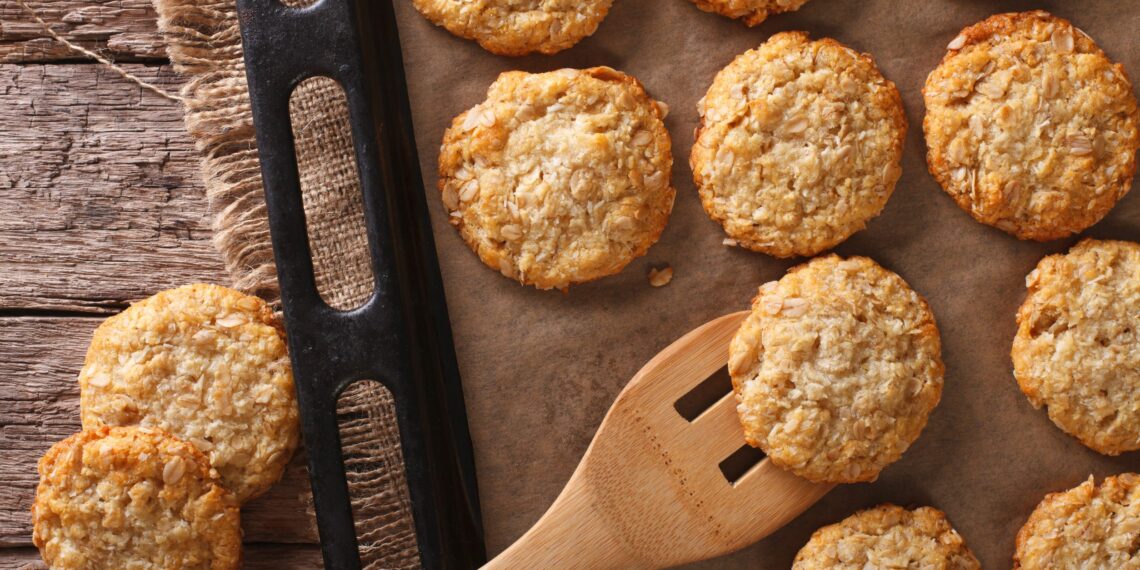When it comes to crisp baked goods such as wafers, the sound while eating is key to consumer acceptance. And that’s because perception of product quality, and even taste, are closely connected to acoustics. To demonstrate how calcium carbonate can easily improve mouthfeel without negatively impacting taste, Omya carried out a sound analysis which showed a clear correlation between audible crispness and the content of Omya Calcipur in a wafer.
Autonomous Sensory Meridian Response (ASMR) is on the rise: This trend highlights the link between pleasant joyful feelings and specific auditory and visual stimuli. With Mukbang, Korean consumers perfectly illustrate ASMR by publishing clips on social media to document the recording of special eating experiences. And this trend is the perfect opportunity to explore how Omya Calcipur can help support appealing – and audible – crispness.
As a real all-rounder suitable for different technical processes, Omya Calcipur has a positive impact on not only health but also sensory qualities, mouthfeel and colour in numerous applications. When used in snacks and cereals, the particles provide better extrusion and intensify the perception of salty or sweet tastes. A trial with baked wafers has revealed how a specific amount of Omya Calcipur can reduce the mass of the wafer by lowering moisture content due to increased heat transfer, ultimately resulting in a crispier end product. The higher thermal conductivity of Omya Calcipur compared to flour can be advantageous for manufacturers as it allows for a reduction in cooking time. Measurements taken during the trial were weight, texture analysis, moisture content and food consumption noises. Wafers containing three different amounts of calcium carbonate (0 percent, 1 percent and 1.5 percent were prepared in a norming process, cut into squares of 55 x 55 millimeter and their weight measured. A combination of force measurement and acoustic detection was used to assess crispness, using an Acoustic Envelope Detector (AED) and a Texture Analyzer.
 Crispness was defined by the number of sound peaks detected during the structural breakdown of the wafer. The texture analysis proved that the firmness of the wafer was not affected by adding calcium carbonate: the maximum force referred to the hardness of the wafer, which stayed constant. The sound analysis demonstrated that the addition of calcium carbonate significantly elevated the number of peaks and thus the crispness of the wafers. The addition of 1 percent calcium carbonate enhanced the number of peaks by 29 percent, while 1.5 percent addition of calcium carbonate resulted in a 48 percent increase.
Crispness was defined by the number of sound peaks detected during the structural breakdown of the wafer. The texture analysis proved that the firmness of the wafer was not affected by adding calcium carbonate: the maximum force referred to the hardness of the wafer, which stayed constant. The sound analysis demonstrated that the addition of calcium carbonate significantly elevated the number of peaks and thus the crispness of the wafers. The addition of 1 percent calcium carbonate enhanced the number of peaks by 29 percent, while 1.5 percent addition of calcium carbonate resulted in a 48 percent increase.
Renata Negrini, Technical Service Manager Food, at Omya, says: “Eating as a means of wellbeing is as old as time, but in a world of mass consumption it’s more important than ever for manufacturers to create products that stand out from the crowd. Here, Omya Calcipur is key, as it’s an ingredient that not only helps optimise formulations and production process, but is also natural and healthy.”

















